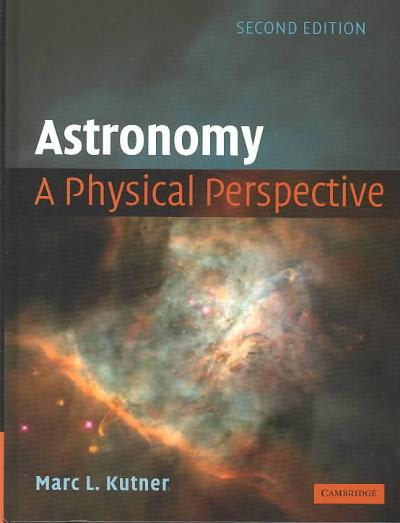Chapter 6: Homework 1 Chapter 6: Homework 1 Question 8 of 10 - /15 8 : Question 9 of 10 - / 10 View Policies View Policies Current Attempt in Progress Current Attempt in Progress In positron emission tomography (PET) used in medical research and diagnosis, compounds containing unstable An electron (mass 9 x 10-31 kg) is traveling at a speed of 0.833 c in an electron accelerator. An electric force of nuclei that emit positrons are introduced into the brain, destined for a site of interest in the brain. When a 1.9 x 10-13 N is applied in the direction of motion while the electron travels a distance of 0.4 m. positron is emitted, it goes only a short distance before coming nearly to rest. It forms a bound state with an electron, called "positronium", which is rather similar to a hydrogen atom. The binding energy of positronium is very small compared to the rest energy of an electron. After a short time the positron and electron annihilate. In Part 1 the annihilation, the positron and the electron disappear, and all of their rest energy goes into two photons (particles of light) which have zero mass; all their energy is kinetic energy. These high energy photons, called "gamma rays", are emitted at nearly 180 to each other. (a) You need to find the new speed of the electron. Which of the following steps must be included in your solution to this problem? What energy of gamma ray (in MeV, million electron volts) should each of the detectors be made sensitive to? The mass of an electron or positron is 9 x 10-31 kg. 1 eV = 1.6 x 10-19 joules. O Determine how much time it takes to move this distance. i MeV Use the formula - m| | to find the kinetic energy of the electron. O Calculate the net work done on the electron. O Use the final energy of the electron to find its final speed. eTextbook and Media O Calculate the final particle energy y, mc of the electron. O Calculate the initial particle energy y,mc of the electron. Save for Later Attempts: 0 of 4 used Submit Answer Save for Later Attempts: 0 of 4 used Submit Answer Part 2 (b) What is the new speed of the electron as a fraction of c? Give your answer to 3 significant figures. (us/c) = i eTextbook and Media SUPPORT SUPPORT Save for Later







